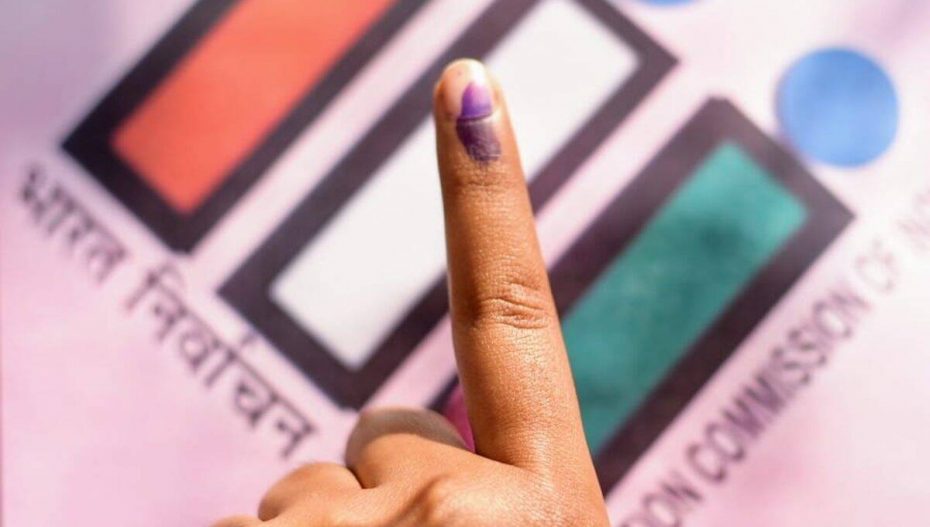Haryana, which goes to polls on October 5, makes for a fit case study of dynastic politics in Indian democracy.
In last 58 years of its existence – when it was carved out of Punjab in 1966 as an independent state — for almost 53 years, only five leaders and their families — Bansi Lal, Devi Lal, Bhajan Lal, Bhupinder Singh Hooda and Manohar Lal — have ruled the state and shaped its political narrative, with larger implications for India.
Haryana was created after the re-organisation of Punjab in 1966 by the Indira Gandhi government.
A former minister in undivided Punjab, Bhagwat Dayal Sharm became the first chief minister of the new state. Initially, there were 54 assembly seats in the state, which was increased to 81 in 1967 and then to 90 in 1977. In the first assembly, the Congress had 48 seats, while the Bharatiya Jana Sangh (BJS) had three, along with some smaller parties and Independent candidates.
Despite the Congress having 48 of the 81 seats, soon political instability descended on the state. Speaker Rao Birender Singh left the Congress, formed the Vishal Haryana Party and became CM, though for a short time. His government was soon dismissed and President’s rule imposed in November 1967.
The political turmoil of 1967 introduced the sobriquet ‘Aya Ram, Gaya Ram’ to Haryana politics, which is used for political turncoats and inconsequential and short-lived governments. Gaya Lal, an independent MLA from Hasanpur, switched parties several times in a matter of hours, eventually leading to this infamous expression.
The 1970s saw the dominance of leaders like Indira Gandhi’s close aide Bansi Lal and prominent Jat leader Devi Lal. After Bansi Lal’s tenure, Bhajan Lal emerged as a major player who led dissident movements. Bhajan Lal’s ability to bring factions together led him to switch from the Janata Party to the Congress without losing power.
Devi Lal’s Lok Dal then won a significant victory in 1987, further cementing his position in state politics. Devi Lal’s son Om Prakash Chautala followed in his father’s footsteps and served as the state’s CM several times between 1989 and 1991.
While Bansi Lal returned to power in 1996 in alliance with the BJP, Chautala emerged once again in 1999 with the BJP’s support. However, allegations of corruption worsened Chautala’s tenure, weakening the legacy of the Lal family.
The Bhupinder Hooda-led Congress dominated Haryana politics from 2005 to 2014. However, in the Narendra Modi wave, the BJP won a majority in 2014 and non-Jat leader Manohar Lal Khattar became CM.
In 2019, Khattar’s government returned to power, but with fewer seats. While preparing for the 2024 elections in Haryana, the BJP has chosen another non-Jat leader Nayab Singh Saini to lead the party in the future, with Khattar now in the Union Cabinet.
With parties vying for position of power, the poll results in the state this time will have an impact in India’s political contours













